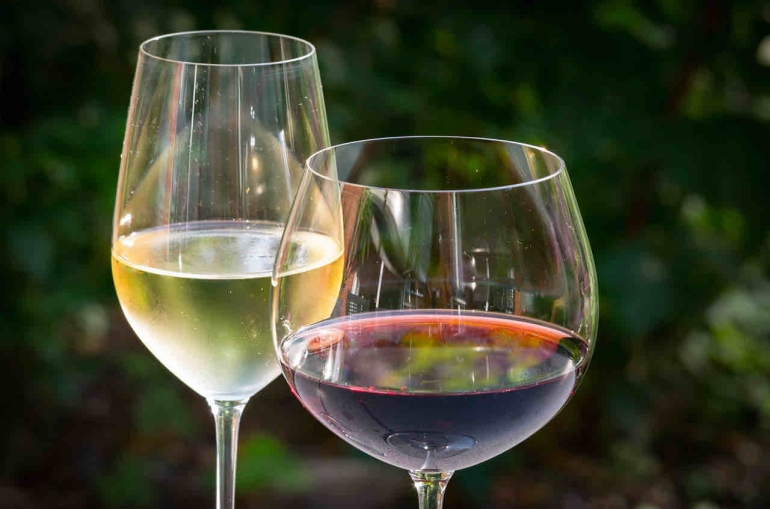
What Temperature Is The Wine Served?
To appreciate all the fragrant and odour molecules of wine, it is essential to apprehend its whole. To feel the full potential of good wine, it is necessary to know how to serve it at its right temperature. Indeed, you can be cruelly disappointed if you forget this parameter. Have you ever had the unpleasant experience of tasting a wine that is too cold or too hot during a dinner with friends or in the restaurant? In the first case, the aromas do not express themselves as they should and in the second, the heat makes alcohol to be much more present in the mouth and imbalances the tasting. You should know that there is an ideal temperature for each great category of wine. If you are not sure to know how to serve your wine at the right temperature, we propose a reminder of the fundamentals.
Serving temperature of red wines.
The serving temperature of the red wines mainly depends on tannins and the degree of alcohol. Generally, the more opulent and complex a red wine is, the more precise the serving temperature will have to be. You can find information on the serving temperature directly from the product sheet of the desired wine but, to make things easier, here are some notions you should take note of during your next tasting of red wine:
- Very light and fruity red wines can be served at a temperature close to 11 or 12°C;
- Low-tannic, natural sweet or Beaujolais wines can be tasted at a temperature between 13 and 14°C;
- Medium-sized red wines of medium size such as wines from Burgundy, Rhône or Loire easily reveal all their flavour when presented at a temperature of 15 or 16°C;
- Red wines with a good structure, such as Bordeaux or Languedoc wines, preferably at a temperature of around 17 to 18°C;
- Exceptional and evolved red wines can rise to a serving temperature of 19 or even 20°C.
Serving temperature of white wines.
As compared to red wines, white wines can withstand a cooler temperature. Whereas, depending on whether the wine is soft or rather dry, it will be served at a different temperature. For example, it is preferable to serve:
- A Muscat or Chardonnay wine at a rather low temperature of 7 or 8°C;
- A soft or very slightly dry white wine, or even acidic, at a temperature between 9 and 11°C;
- A dry or semi-dry white wine such as a Gewurztraminer at a temperature between 10 and 12°C;
- A more opulent and oxidative style white wine at a temperature between 13 and 14°C.
Serving temperature of rosé wines.
The serving temperature of rosé wine is similar to that of white wines for, most of these wines are not tannic. The acidity and fruity of rosé wines will have to be underlined by a relatively cool temperature. We estimate that the set of rosé wines is globally consumed in a temperature range of 7 to 10°C, regardless of the grape variety. For example, rosé with the main grape variety being the pinot noir, such as Poison Rose, or rosé with the majority grape variety being the Grenache (Les Naturels de Nicolas Vellas, for example) will be served in this average temperature.
Serving temperature of champagnes.
To serve a champagne at a good temperature, you have to distinguish between an aperitif champagne whose effervescence should sometimes be exuberant and a great vintage or prestigious cuvee champagne. Indeed, the first type of champagne is often quite tangy and can be enjoyed very fresh, at a temperature ranging from 7 to 8°C. For the second type, champagne lovers will enjoy themselves if served at a temperature close to that of opulent white wines; between 13 and 14°C. It should be noted that a champagne is above all a wine and that its harmonious taste in the mouth will be magnified only if the temperature highlights the freshness of the bubbles and the volume brought by a great vintage or a prestigious cuvee.
All the temperature ranges indicated in this article are of course indicative. It is obvious that there is no official classification that would present a prototype of wines’ temperature. Nevertheless, these reasoned indications can prevent you from serving a wine that is too cold or too hot. It's now up to you! However, our team is at your disposal for any questions concerning the use of red, rosé, white or champagne wines.

